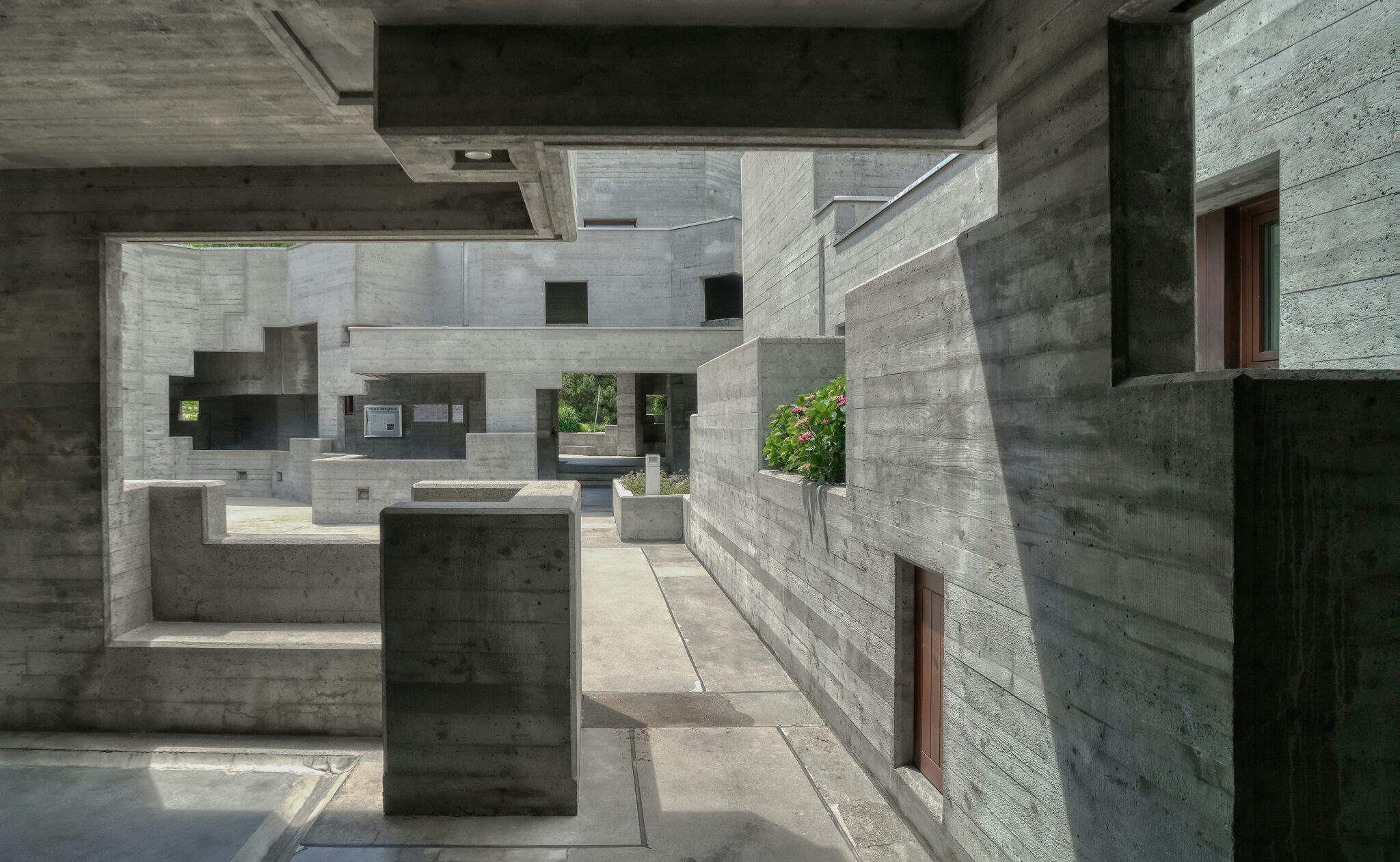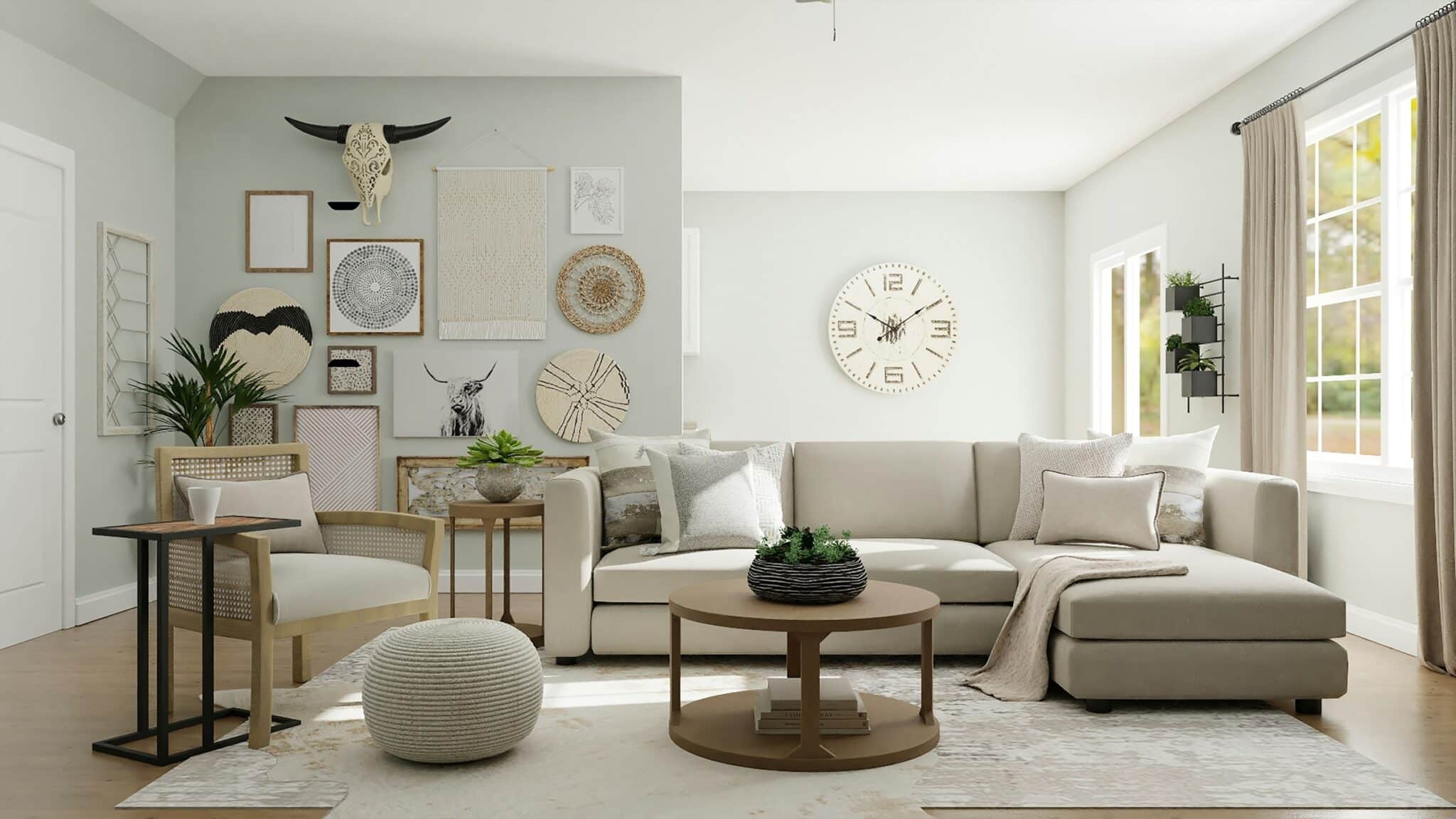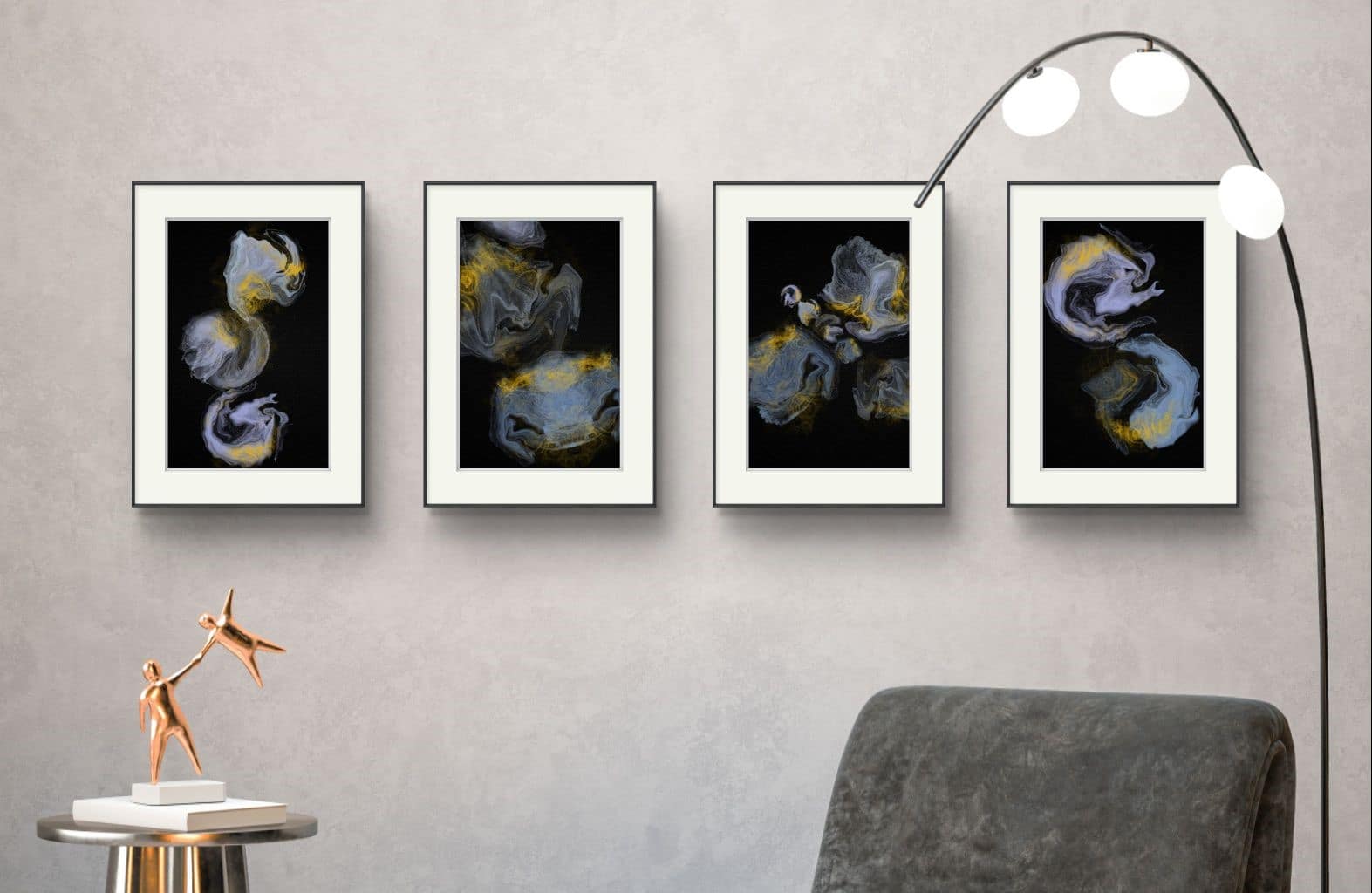Color is a powerful tool in interior design, influencing our emotions, perceptions, and even behaviors. The psychology of colors is an essential aspect of creating spaces that are not only aesthetically pleasing but also functional and harmonious. Understanding the psychology of colors can help you make informed decisions about the hues you choose for different areas in your home, enhancing your overall living experience.
Understanding the Psychology of Colors
The psychology of colors refers to the study of how colors affect human mood, behavior, and perception. Each color has its own psychological properties, and these can vary based on cultural context, personal experiences, and individual preferences. In interior design, leveraging the psychology of colors can help create environments that support relaxation, productivity, socialization, or any other desired outcome.
Primary Colors and Their Psychological Impact
- Red: Known for its stimulating and energizing effects, red is often associated with passion, excitement, and action. It can increase heart rates and create a sense of urgency. In interior design, red is great for areas where you want to encourage activity and conversation, such as dining rooms and living spaces. However, it can be overwhelming if overused, so it’s best used as an accent color.
- Blue: Blue is calming and serene, often associated with tranquility and stability. It can lower heart rates and promote relaxation, making it ideal for bedrooms and bathrooms. The psychology of colors suggests that blue can also enhance productivity and concentration, making it a good choice for home offices.
- Yellow: Yellow evokes feelings of happiness, warmth, and positivity. It can stimulate mental activity and create a cheerful atmosphere. In interior design, yellow is perfect for kitchens, dining areas, and spaces where you want to foster a friendly and inviting environment. However, too much yellow can lead to feelings of frustration and anxiety.
Secondary Colors and Their Psychological Impact
- Green: Green is associated with nature, balance, and renewal. It has a calming effect and can help reduce stress. The psychology of colors indicates that green is versatile and suitable for almost any room, promoting a sense of harmony and rejuvenation.
- Purple: Purple combines the stability of blue and the energy of red, often linked to creativity, luxury, and spirituality. It can stimulate the imagination and inspire unique design choices. Light shades of purple, such as lavender, are calming and great for bedrooms, while darker shades can add a touch of sophistication to living areas and home offices.
- Orange: Orange is energetic and enthusiastic, often associated with fun and warmth. It can increase energy levels and stimulate social interactions. In interior design, orange is excellent for exercise rooms, playrooms, and social spaces. However, like red, it can be overwhelming in large quantities.
Neutral Colors and Their Psychological Impact
- White: White symbolizes purity, simplicity, and cleanliness. It can create a sense of space and openness, making it ideal for small rooms and minimalist designs. The psychology of colors suggests that white can also promote a sense of calm and clarity, making it suitable for any room.
- Gray: Gray is neutral, sophisticated, and versatile. It can evoke feelings of calm and composure while providing a modern and elegant backdrop. Gray works well in living rooms, bedrooms, and offices, where it can balance other, more vibrant colors.
- Black: Black represents elegance, power, and formality. It can add depth and drama to a space when used thoughtfully. In interior design, black is often used as an accent color to create contrast and highlight specific features.
Applying the Psychology of Colors in Different Rooms
- Living Room: This is a social space where you entertain guests and spend time with family. Warm colors like red, orange, and yellow can encourage interaction and create a cozy atmosphere. Adding accents of these colors through pillows, rugs, or artwork can make the living room inviting without overwhelming the senses.
- Bedroom: The bedroom is a place for rest and relaxation. Cool colors like blue, green, and soft purples are ideal as they promote calmness and serenity. Consider using these colors on walls, bedding, and curtains to create a tranquil retreat.
- Kitchen: The kitchen is often the heart of the home, where families gather and meals are prepared. Bright, warm colors like yellow and orange can stimulate appetite and conversation. Using these colors in moderation on walls, backsplashes, or accessories can make the kitchen lively and welcoming.
- Home Office: Productivity and focus are key in a home office. Blue is an excellent choice as it enhances concentration and reduces stress. Incorporate blue through wall paint, office furniture, or decorative items to create a conducive work environment.
- Bathroom: Bathrooms should feel clean and relaxing. Light blues, greens, and whites are perfect for creating a spa-like atmosphere. These colors can be used in tiles, towels, and fixtures to promote a sense of freshness and tranquility.
Tips for Using Color Effectively
- Balance and Proportion: Use the 60-30-10 rule to create a balanced color scheme. This means 60% of the room should be a dominant color, 30% a secondary color, and 10% an accent color.
- Natural Light: Consider the amount of natural light in a room when choosing colors. Bright, sunny rooms can handle darker, bolder colors, while dimly lit spaces benefit from lighter, reflective hues.
- Personal Preference: While the psychology of colors provides general guidelines, personal preference plays a crucial role. Choose colors that make you feel happy, comfortable, and at ease in your home.
- Color Combinations: Experiment with different color combinations to find what works best for your space. Use color swatches and samples to see how different hues interact with each other and with your existing decor.
Conclusion
The psychology of colors is a vital aspect of interior design, influencing how we feel and behave in different spaces. By understanding the psychological effects of colors and applying them thoughtfully, you can create a home that not only looks beautiful but also supports your well-being and lifestyle. Whether you’re designing a calming bedroom retreat or an energetic living room, the right colors can make all the difference. Embrace the power of color and transform your home into a harmonious and inviting sanctuary.
By considering the psychology of colors in your interior design, you can create spaces that are not only visually appealing but also enhance your mood and quality of life.



